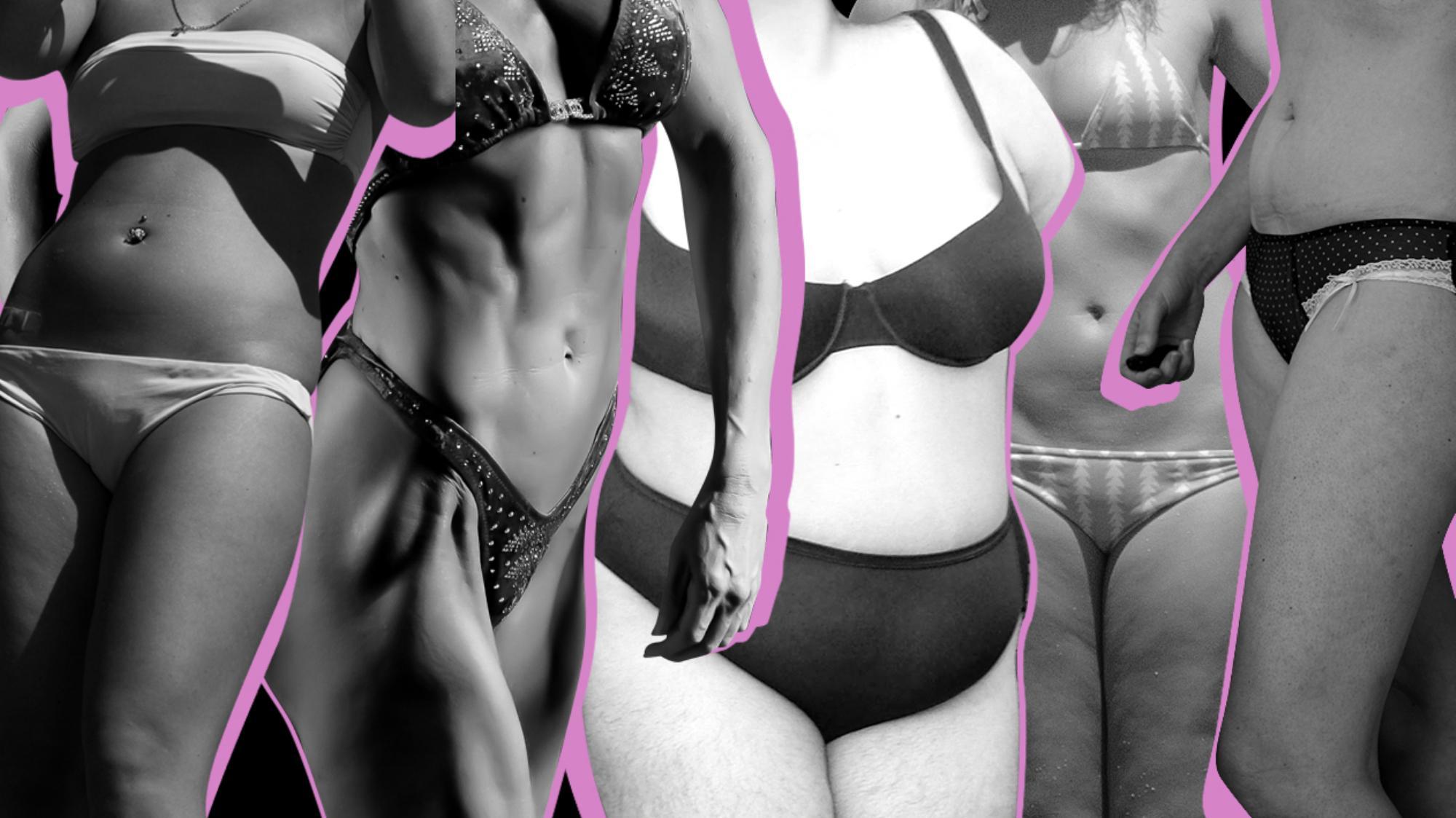Earlier this month, the internet was buzzing with news of a history-making booking: Christian Louboutin tapped its first-ever plus size model, Clementine Desseaux. After the freckled French stunner opened up to The Daily Mail about a video in which she sports Louboutin’s new lipstick line, outlets ranging from Glamour to Business Insider dubbed the viral video a “groundbreaking” campaign. Which it certainly would have been, had it been true.
Last week, a Louboutin spokesperson told Refinery29 that the brand had not inked a contract with Desseaux nor promoted her video as an official campaign – it simply reposted the 15-second clip: “LouboutinWorld loved the clip and reposted, much like many other Instagram users’ content,” the rep said.
Desseaux’s “campaign” closes out a year in which a body diversity debate bubbled into mainstream fashion and popular culture, on both the runway and the subway. The Louboutin mix-up illustrates a few key aspects shaping the bigger picture, including how social media is helping us challenge entrenched beauty paradigms. “From responses of the audience and people commenting on it, I believe that people were really excited to see something different – a non-photoshopped video, featuring an everyday woman,” the model told the blog.
2015 opened with a wind of change, when size 22 model Tess Munster Holliday became the first of her size to ink a deal with a major agency in late January. Prior to her signing, Holliday founded #effyourbeautystandards, a hashtag encouraging those who don’t fit society’s narrow conception of beauty to celebrate the bodies they have. When Ashley Graham debuted her plus size lingerie collection at New York Fashion Week in September, she encouraged supporters to continue the conversation using the hashtag #iamsizesexy.
Effyourbeautystandards is just one body positive virtual enclave, but it alone has been tagged over a million times. Collectively, this outpouring represents a deep dissatisfaction with narrow Western beauty ideals, and signals a real demand for more diverse representation.
But just as social media has been used as a platform for self love, it’s also become a battleground to change the fashion industry’s infrastructure. In March, Australian model Stefania Ferrario launched a #DropThePlus campaign, urging the industry to do away with size distinctions between “straight” and “plus” all together. Ferrario’s words followed Calvin Klein’s Perfectly Fit campaign, which, released in late 2014, featured “inbetweenie” model Myla Dalbesio. “After working in the fashion industry for nine years, I have finally found my place, right in the middle,” the self-described “healthy size 10” told Elle. “True body diversity doesn’t mean only sizes 0’s and 2’s then jumping to size 16 and up. There is a middle ground,” Dalbesio added.
This year, we met more of the incredibly diverse women who occupy that middle ground – from Me & You models Barbie Ferreira and Diana Veras to Denise Bidot and Naomi Shimada, who spoke out about plus size industry practices like padding for clients who prefer bigger bodies. Although it’s nowhere near as dangerous as self-starvation in order to slim down for straight size jobs, padding sends the same message: natural, healthy bodies aren’t always what we’re seeing.
Health and wellness dominated conversations in the latter half of the year, when the United Kingdom and France (where the bill passed last week) debated federal legislation regulating the use of clinically underweight models. The UK conversations arrived after two straight size models — Agnes Hedengård and Charli Howard — who have been rejected from jobs and dropped by agencies for being “too big” posted personal responses on various social media platforms. Hedengård, a 19-year-old Swede with a clinically underweight BMI of 17.5, stood in front of a mirror in her underwear and described her struggle to fit industry standards in a YouTube video that’s been viewed over 4 million times. 23-year-old Howard followed suit, penning a scathing open letter to her ex-agency on Facebook. “Let’s face the facts: when I was 7 and a half stone [105 pounds], I still wasn’t thin enough for you,” the size 4 Howard wrote.
The French measure requires a model to receive a bill of health from her doctor before working, rejecting an earlier version of the legislation in which a BMI minimum of 18 was proposed (BMI stipulations are also the subject of debate in the UK, where the British Fashion Council puts the focus on model wellness). The French law also stipulates that digitally manipulated images must be disclosed as having been altered. That decision echoes the beliefs of many prominent young stars who have taken a firm stand against retouching, like Disney Channel star Zendaya, who called out Modeliste magazine’s photoshop job in her cover shoot in a body positive Instagram post.
Desseaux’s Louboutin campaign might not have been official, but people still celebrated the day a curvy woman represented a major luxury brand. There’s a long way to go (as R29 reported, with the exception of Queen Latifah for CoverGirl and Beth Ditto for MAC, very few full figured women have helmed beauty campaigns) but it’s a change we’re ready for.
Credits
Text Emily Manning
